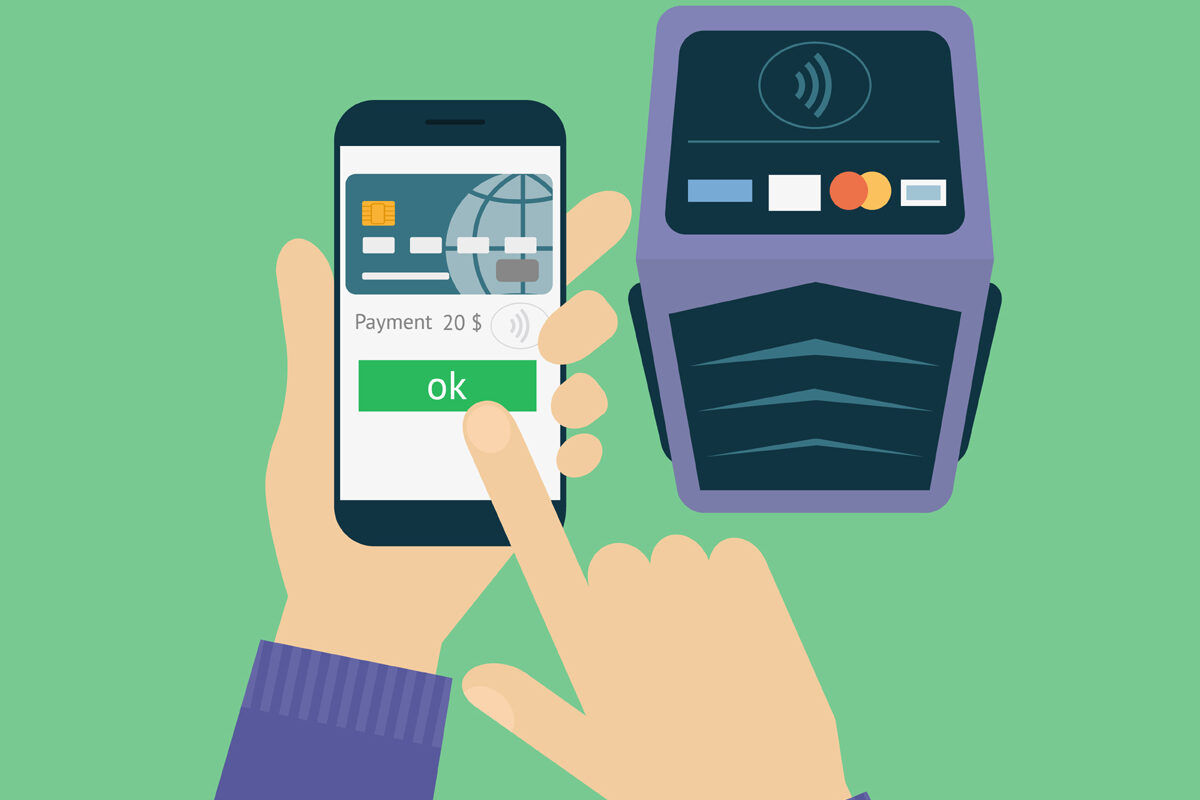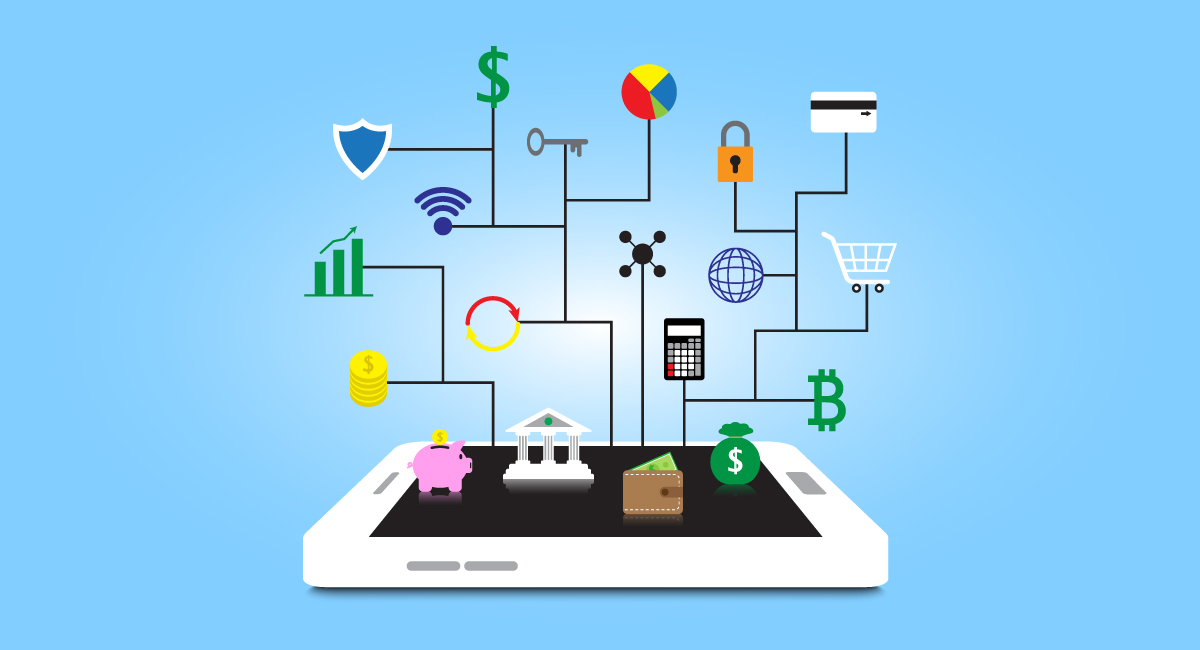GUEST POST: How to Speed up the Evolution of Mobile Payments
11-15-2016

Newer technology is on the horizon, but we must first overcome the current obstacles to reach more mainstream adoption.
By Inside UL
Mobile payments have gained traction over the past few years, but adoption is still behind the industry’s expectations. According to a recent Forrester report, roughly 85 percent of the American online population owns a smartphone – the gateway technology for mobile wallet and other contact-less payment methods – but only 19 percent of consumers regularly use mobile payments. And while mobile payments are slated to dramatically alter the way consumers make purchases, why has adoption lagged?
Mobile payments continue to be a tough sell because the U.S. market does not offer the average user enough incentives to purchase products with mobile technologies. New developments in mobile payment technology are on their way, but in order to incorporate them, the industry will need to overcome some of the current obstacles to achieve more mainstream mobile payment adoption, including:
Creating a consistent user experience. Mobile payments need to work anywhere, at any time, and with any mobile wallet. It’s a bit of a chicken-and-the-egg scenario, more merchants need to have POS terminals that accept near field communication (NFC) in order for consumers to get into the habit of using mobile payments as part of their increasingly interoperable world. However, merchants aren’t inclined to upgrade their technology without greater customer demand.
Bart van Hoek, Principal Advisor, UL Transaction Security says, “In the U.S., credit cards make it hard to match the experience on our mobile phones, making transactions more convenient. Before a customer walks into the store, he must be sure that his mobile payment method can be supported and accepted. And as long as he doesn’t have that guarantee, mobile payments will not reach mass adoption. The onus, ultimately, is on retailers to provide the infrastructure that may meet adoption levels seen in Australia, Europe, and elsewhere.
Increasing the value-add of mobile payments. The service offered by leading mobile payment systems are just that—apps for payments only. You can’t use it for other everyday functions such as opening doors, setting default payment preferences or storing your driver’s license. For consumers to fully realize the benefit of mobile, just providing the ability to make payment transactions isn’t enough; more value-added services need to be provided to take full advantage of the mobile platform. The industry is actively developing solutions to this end and, in 2017, we can expect to see loyalty cards incorporated into mobile payment systems.
Reducing consumer concerns about security. The security of mobile payments should not be a consumer’s concern. Issuers are responsible for security and must thoroughly test solutions. Once they accept and launch a product, they should be liable for a security breach. It works in much the same way as if you lost your credit card—you call the issuing bank who reimburses any money lost through fraudulent activity. This level of guarantee should be the same with mobile payments—no matter the payment platform.
From major transit systems offering mobile pay to enabling stronger security through biometrics, such as fingerprints and iris scans – mobile payments are poised to become an everyday way of life.
About ETA
The Electronic Transactions Association (ETA) is the global trade association representing more than 500 payments and technology companies. ETA members make commerce possible by processing more than $6 trillion in purchases in the US and deploying payments innovations to merchants and consumers. Learn more: www.electran.org.
Related Posts

News
Just the FACs: Scale Your Business with PayFac 2.0
Trends come and go in the payments industry. Payment facilitation followed a predictable trajectory, from the gold rush fever of early implementations to mass disillusionment as major players grabbed market share. In their wake, merchant . . .
3-22-2023
learn more
News
Is the Relationship Between Financial Institutions (FIs) And Fintechs Complicated? Not Anymore.
By Sumit Arora, Senior Vice President, Enterprise Payments Strategy, Wells Fargo Building a Balance Between Competition and Collaboration There is a long history between banking and technology, dating back to around 1866 when the telegraph . . .
6-16-2022
learn more

